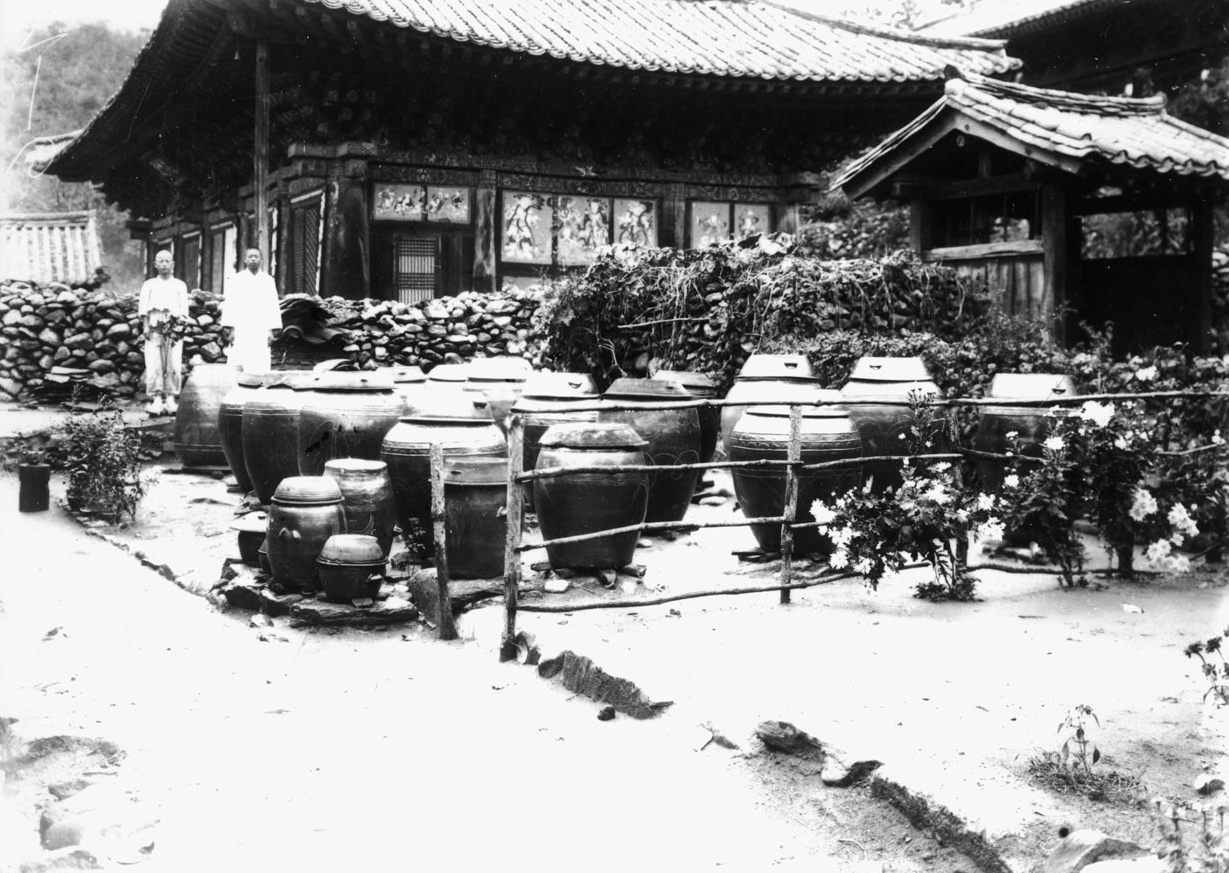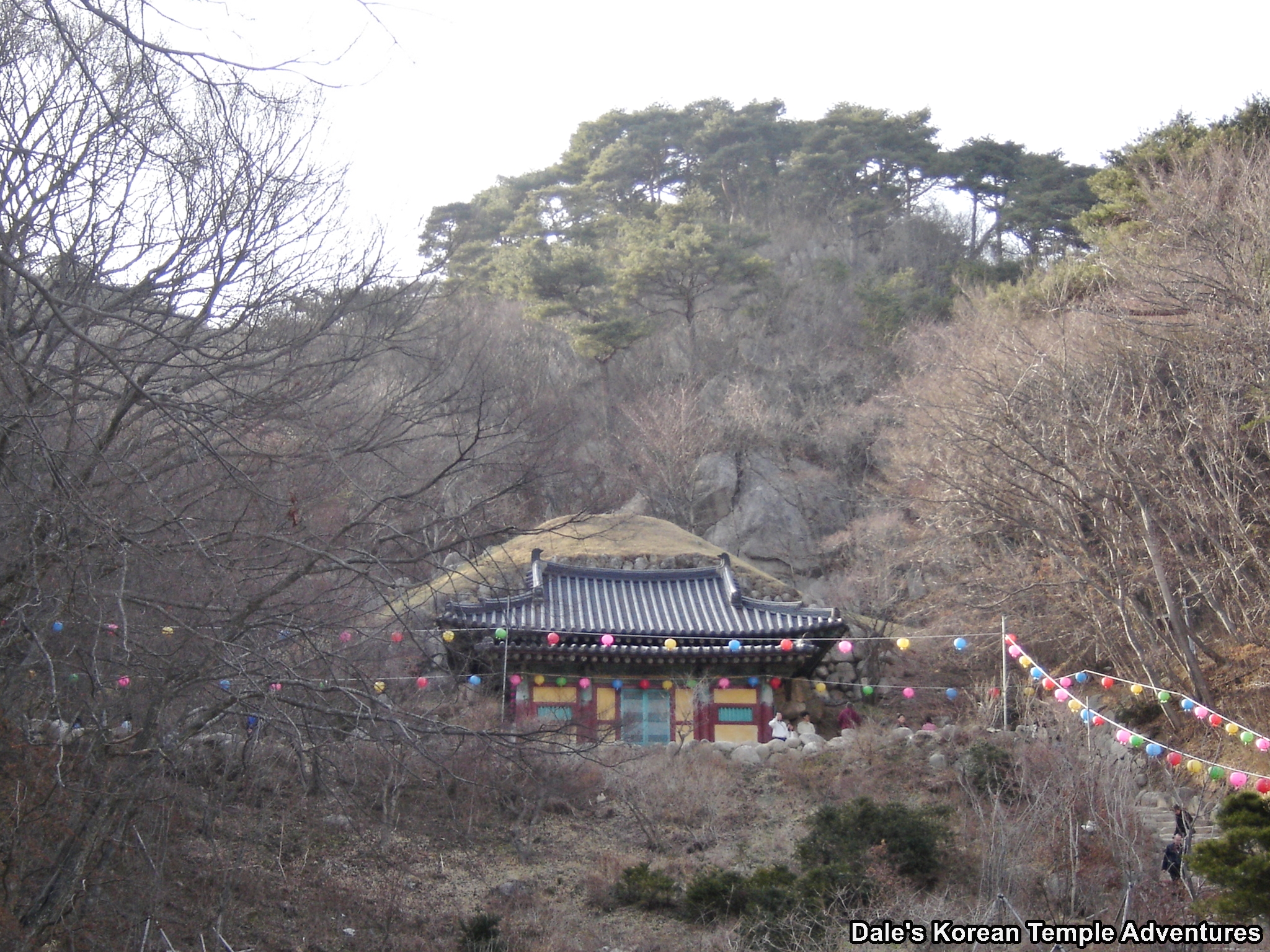
One of the great things about running a website about Korean Buddhist temples is that you get to meet a lot of amazing people. And a lot of these amazing people have varying backgrounds, interests, and insights. Rather amazingly, some of these people first visited Korea in the 1960s, 1970s, and 1980s. Here are their stories!
Q1: When and why did you first come to Korea?
A: I was born in Seoul in 1957.
Q2: When you first came to Korea what city did you live in? Did you subsequently move around?
A: I lived in Seoul at my paternal grandfather’s house, which my father grew up in. It was re-built after being destroyed during the Korean War (1950-53). I moved to Japan at the age of three and lived there for eight years, with summer visits to Korea, where I stayed with my father’s and mother’s parents in Seoul and one summer in Daejeon, when my mother’s father was appointed to a government post by Park Chunghee [1917-79]. This is ironic since my grandfather was once on a list of official “enemies” by the Park regime. He didn’t volunteer, he was “convinced” by “being made an offer he couldn’t refuse.” We moved back to Korea in late 1968 and stayed until 1973, which was when I met Betty and Bill Krause.
I returned to Korea while serving in the US Army for Exercise Team Spirit 84 and again for TS 85 for deployments and temporary duty. I got to visit my family and friends.

Q3: What was the first temple you visited in Korea?
A: Not sure, we visited so many of them. Jogyesa Temple in Seoul for sure, and various temples in Gyeonggi-do and Chungcheongnam-do. My father’s family was from Gongju [Chungcheongnam-do] and the family made contributions to Magoksa Temple. My great-grandmother (paternal grandfather’s mother) was particularly devoted to practice and a confirmed vegetarian who followed ahimsa toward all living creatures.
Q4: What drew your interest to Korean Buddhist temples? (Buddhism, architecture, art, history, etc)
A: It was part of my family traditions, which were a Confucian-Buddhist syncretism during centuries of cyclic rising and waning of support for Buddhism since the Baekje Kingdom [18 B.C. – 660 A.D.], especially after being invaded by Silla Kingdom [57 B.C. – 935 A.D.] and the Goguryeo Kingdom [37 B.C. – 668 A.D.), and the Mongols [1231-1257]. Me and my sister (including her son) are the only actively practicing Buddhists in my family, the others have kind of lapsed because of the rigors of practice, or they just lost interest.
Q5: What is your favourite temple? Why?
A: I liked Jogyesa Temple because it was the easiest to visit, but Magoksa Temple is where my ancestors’ spirit tablets were kept and the monks advised them on dharma.
Q6: What temple or hermitage has changed the most from when you were first got here? What has changed about it?
A: Since I had last personally visited them in the 1960s and 1970s, Magoksa Temple and a few others in Gyeonggi-do had dramatically changed when I saw them in the 1980s; and even more so, when I saw recent pictures of them. I knew things had changed a lot when I noticed that bridges were rebuilt and there were a Coca-Cola vending machine and an ATM machine on the premises of Magoksa Temple!

Q7: What was the most difficult temple to get to? How did you get there?
A: Seokguram Grotto. We were on an overnight field trip, and we walked up to it in 1972. There were no paved roads to the top of the mountain, only the footpaths and stairs. Good news was that we were able to go inside and walk around the Seokgamoni-bul [The Historical Buddha] statue and look directly at the carvings on the walls. There was another temple in Gangwon-do that I visited in 1985 (can’t recall the name), but it was a small one in the hills in the middle of nowhere. No paved roads, only a footpath. The monks were amused to see me, dressed in full army combat gear.
Q8: Did you remain in Korea or did you return home?
A: I left Korea and returned to the US due to my father’s job transfer with the Corps of Engineers, and then I went to college. I served as an army officer, and then I lived in the USA, eventually settling in southern Maine.


Recent comments